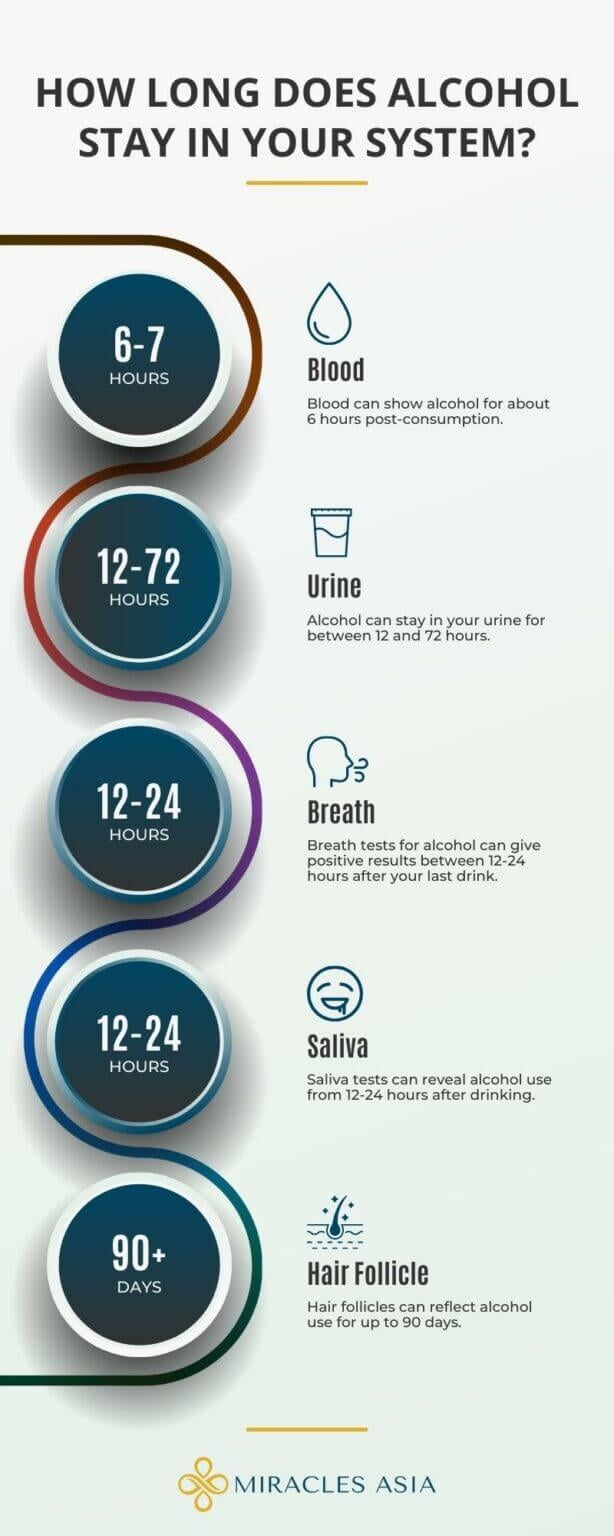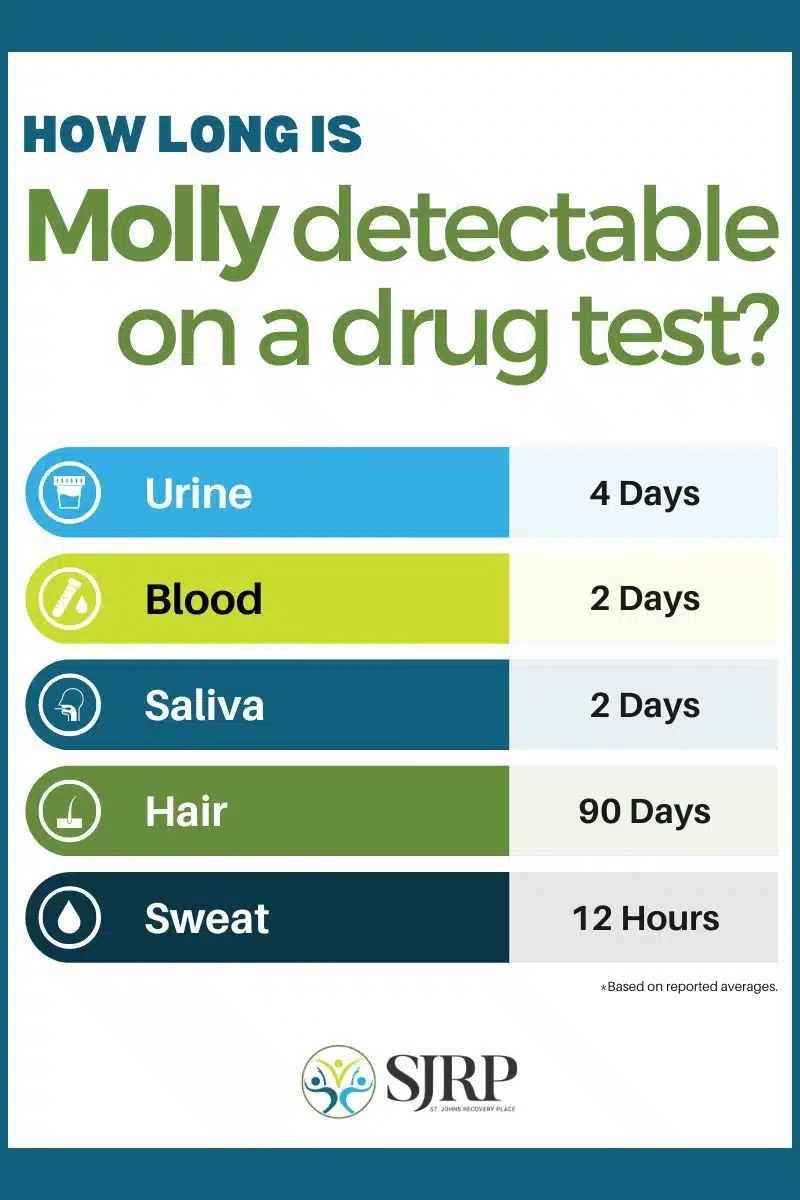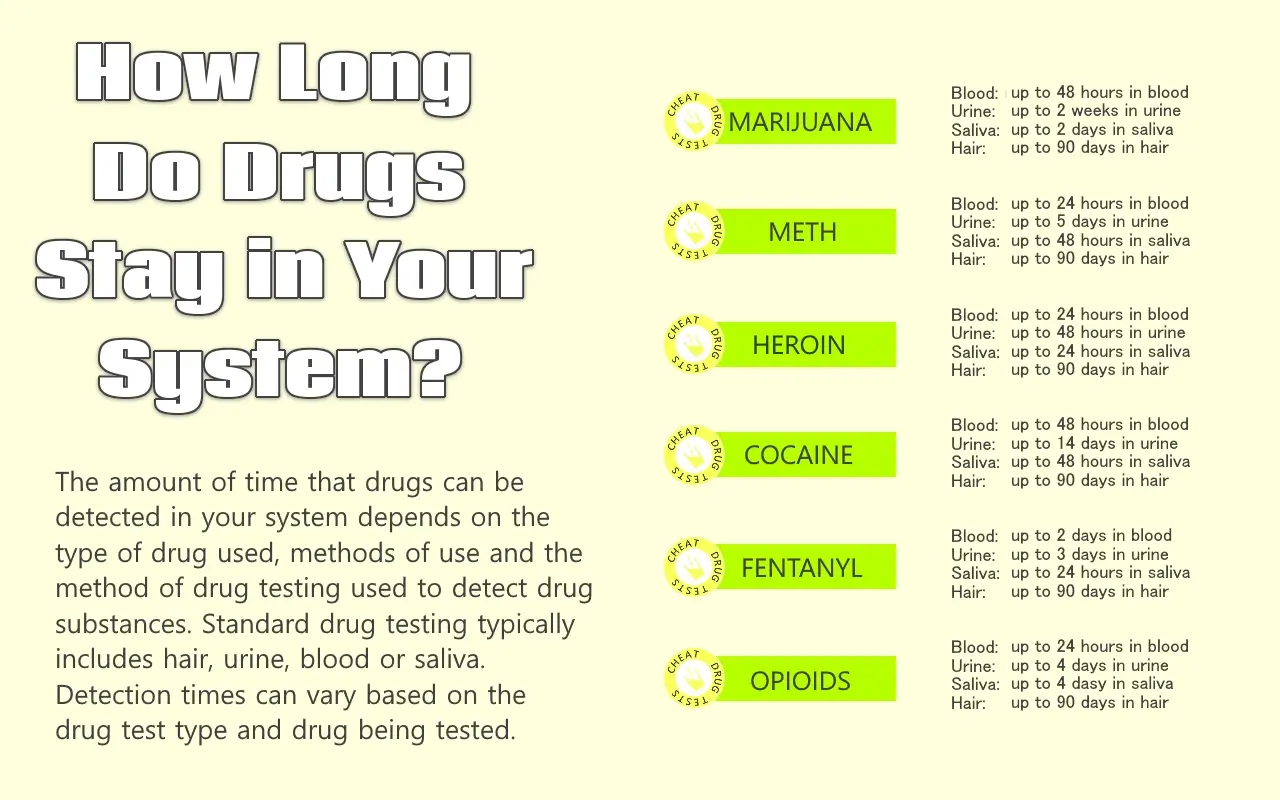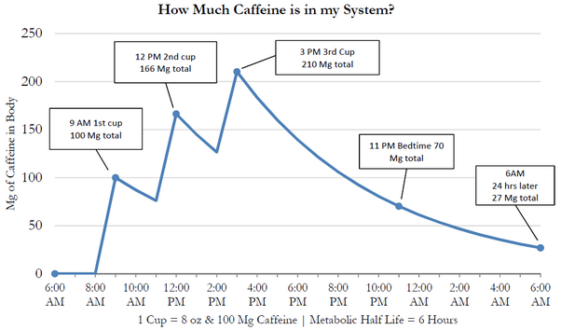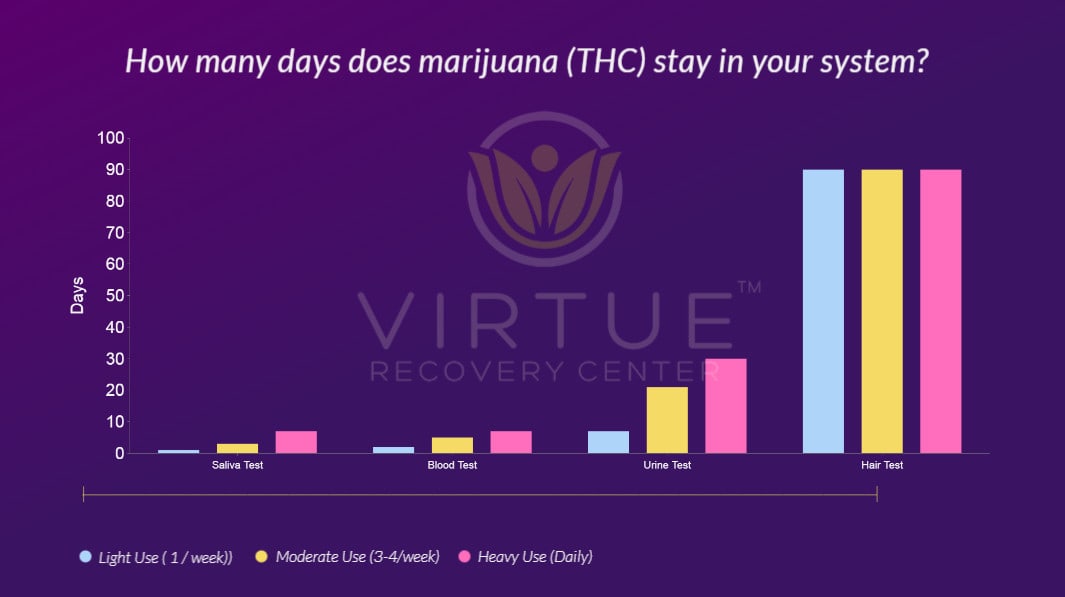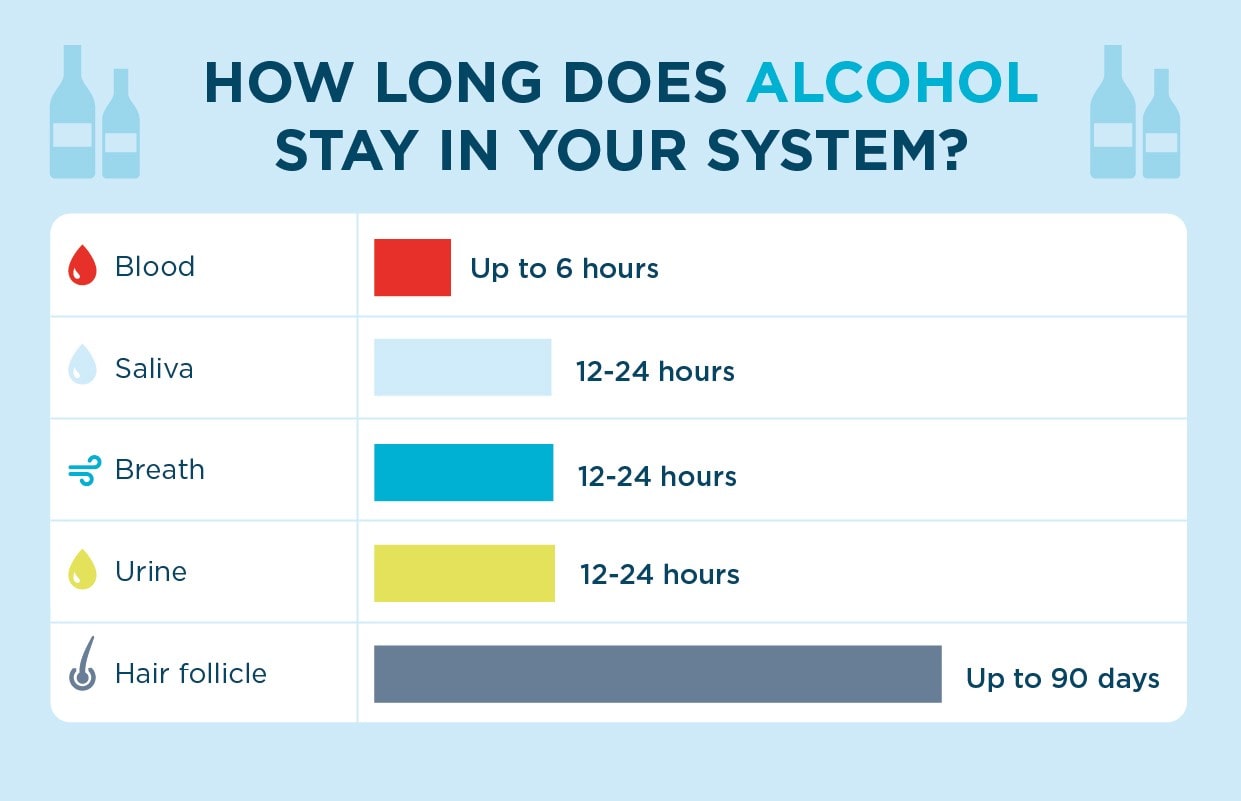How Long Does Rad 140 Stay In Your System

Rad 140, a SARM (Selective Androgen Receptor Modulator), is raising concerns among athletes and bodybuilders due to its detection window and potential health implications. Understanding how long it remains detectable is crucial for those subject to drug testing and for anyone considering its use.
This article cuts through the noise to deliver critical facts about Rad 140's detectability, helping you make informed decisions based on the limited, but vital data available.
What is Rad 140?
Rad 140, also known as Testolone, is a SARM. SARMs are synthetic drugs designed to mimic the effects of testosterone. It is often marketed as a muscle-building and performance-enhancing substance.
It is not approved for human use by regulatory agencies like the FDA.
Detection Window: The Key Facts
Determining the exact detection window of Rad 140 is complex due to variations in individual metabolism, dosage, and testing methodologies.
However, current data suggests that Rad 140 can be detected in urine samples for approximately 3 to 4 weeks after the last dose. This is an estimate, and individual results can vary.
Factors Influencing Detection Time
Several factors influence how long Rad 140 stays in your system. These include:
- Dosage: Higher doses typically lead to longer detection times.
- Frequency of Use: Chronic use can extend the detection window compared to a single dose.
- Individual Metabolism: Metabolic rate varies from person to person, influencing how quickly the body processes and eliminates the drug.
- Kidney and Liver Function: The health of these organs plays a significant role in drug metabolism and excretion.
- Testing Sensitivity: Different testing methods have varying levels of sensitivity, impacting detection capabilities.
Testing Procedures
Rad 140 is primarily detected through urine drug tests. These tests are designed to identify the presence of Rad 140 metabolites, indicating prior use.
More sophisticated tests, such as mass spectrometry, may be used for confirmation. These advanced methods can detect even trace amounts of the substance.
Risks and Legal Status
The use of Rad 140 carries significant health risks. Potential side effects include liver toxicity, hormonal imbalances, and cardiovascular issues.
Rad 140 is banned by major sporting organizations, including the World Anti-Doping Agency (WADA). Athletes testing positive face severe penalties, including suspension from competition.
The legal status of Rad 140 varies by country. In many regions, it is illegal to sell or distribute Rad 140 for human consumption. Possession or use could result in legal consequences.
Expert Opinions and Research
Limited peer-reviewed research is available on Rad 140's pharmacokinetics and long-term effects. Most information comes from anecdotal reports and preliminary studies.
Experts caution against the use of Rad 140 due to the lack of comprehensive safety data.
"The risks associated with unregulated SARMs like Rad 140 far outweigh any potential benefits," warns Dr. Emily Carter, an endocrinologist.
What To Do Next
If you are concerned about Rad 140 use, consult with a healthcare professional. They can provide guidance on managing potential side effects and assessing your health status.
If you are subject to drug testing, be aware of the detection window and potential risks. Informed decisions are crucial to protect your health and career.
